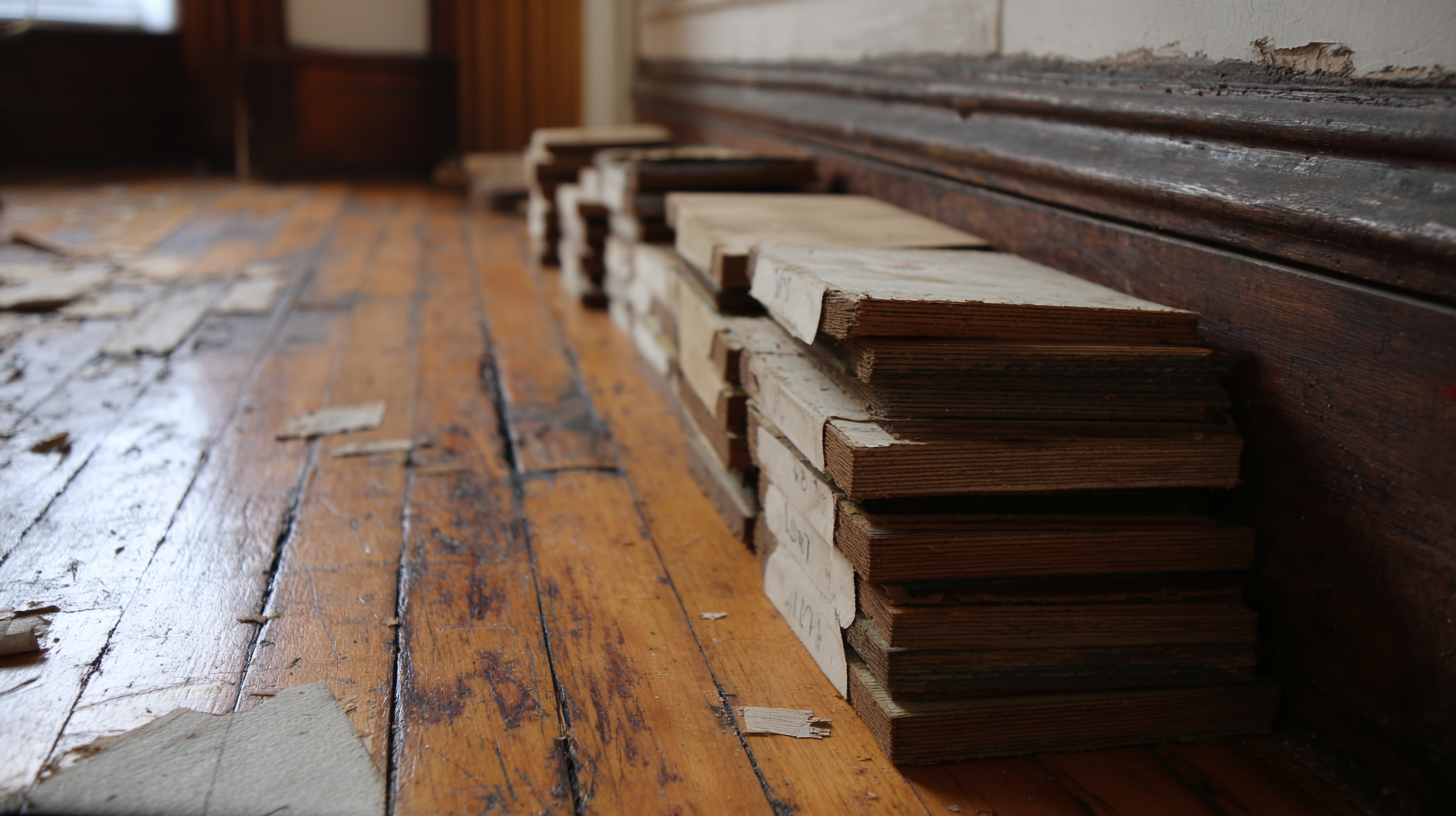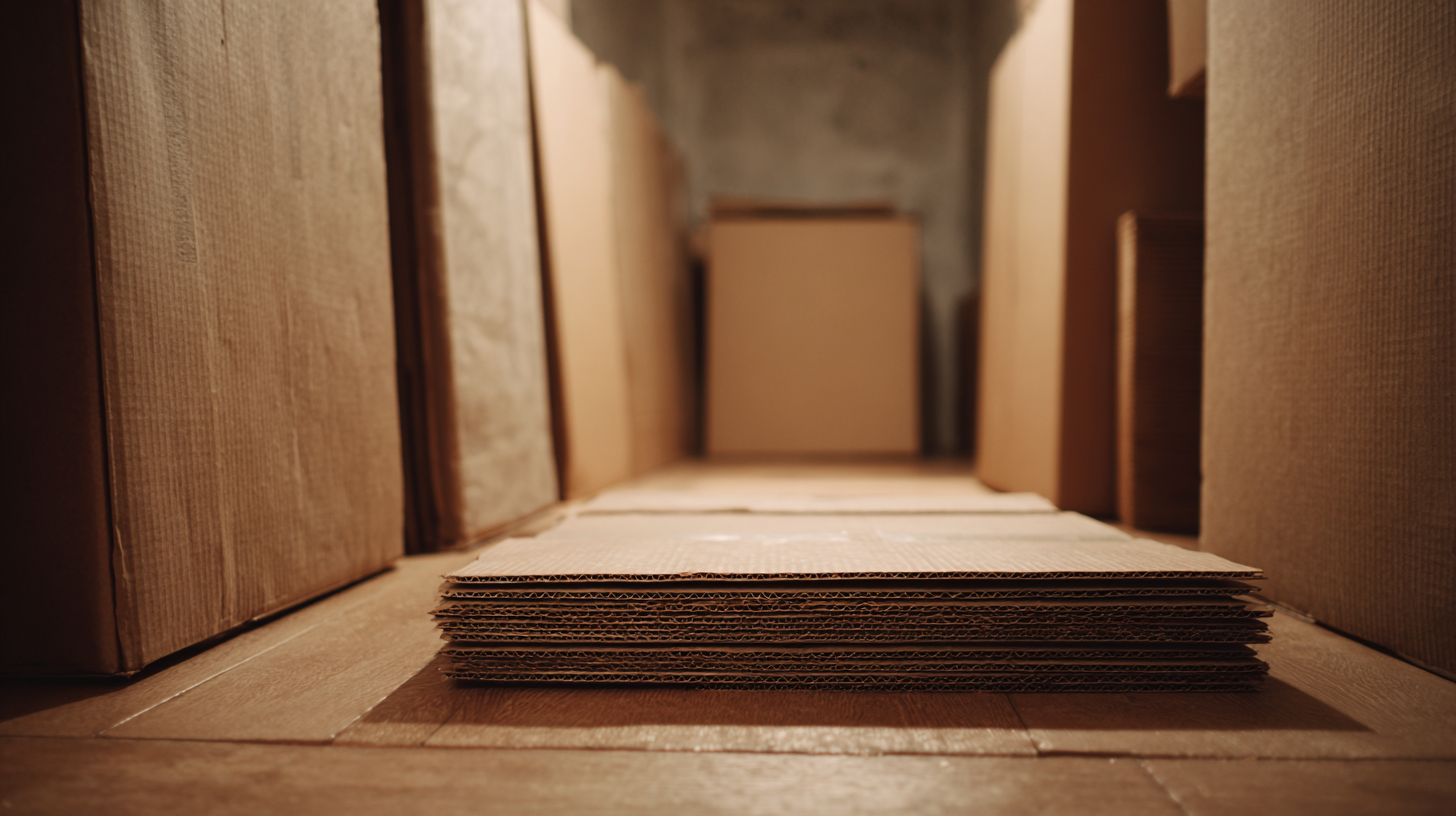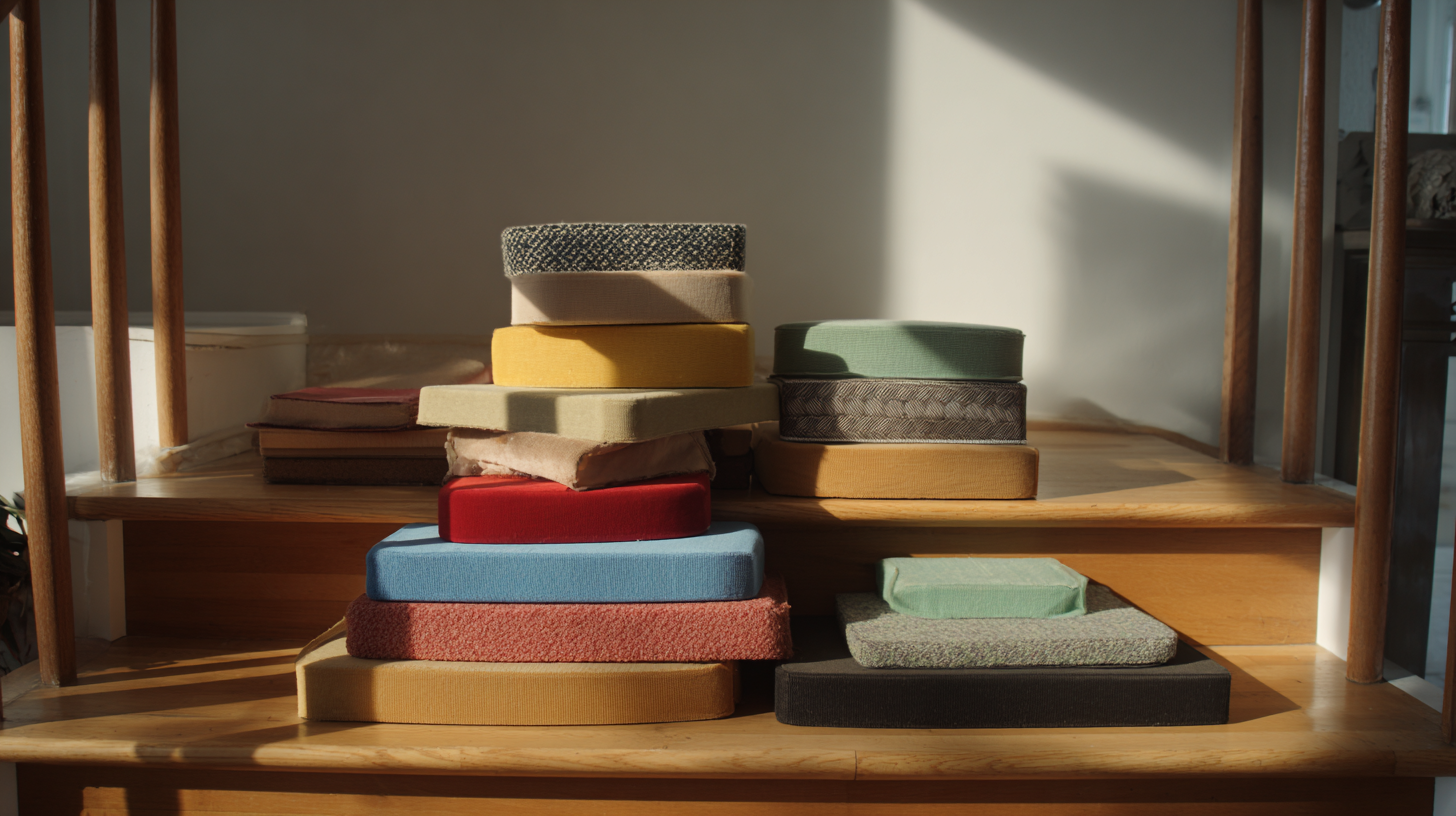Why Blocking Pads Are Essential for Protecting Your Floors and Furniture
In the realm of home maintenance, the importance of protecting floors and furniture cannot be overstated. With the growing trend of open floor plans and the rising investment in high-quality furnishings, the need for effective protective measures has become paramount. According to a recent report by the National Association of Home Builders, nearly 45% of homeowners are prioritizing floor and furniture protection in their renovation projects. This highlights a significant shift towards safeguarding our living spaces from potential damage caused by heavy objects and frequent movement.

One such protective solution that has gained recognition in recent years is the use of Blocking Pads. These pads serve as a crucial barrier between furniture legs and flooring surfaces, effectively preventing scratches and dents. The American Society of Furniture Designers states that using blocking pads can reduce floor damage by up to 75%, demonstrating their efficacy in maintaining the integrity of your interiors. As we explore the various advantages of Blocking Pads, it becomes clear that they are not just an accessory but a necessary investment for anyone looking to preserve the aesthetic and value of their home.
The Importance of Blocking Pads in Home Maintenance
The importance of blocking pads in home maintenance cannot be overstated, as they play a crucial role in preventing damage to both floors and furniture. According to a report by the National Wood Flooring Association, approximately 75% of homeowners experience some form of scratching or denting to their floors due to heavy furniture movement. Blocking pads, which are often made of high-density foam or rubber, provide a cushioned barrier that absorbs impact and friction, significantly reducing the likelihood of damage.
Furthermore, blocking pads contribute to the longevity of furniture. A study published in the Journal of Interior Design found that furniture legs without protective pads are more likely to develop wear and tear, leading to costly repairs or replacements. By applying blocking pads, homeowners can enhance the stability of their furnishings and maintain their aesthetic appeal over time. In homes with hardwood or tile flooring, the use of blocking pads becomes even more vital, as these surfaces are highly susceptible to scratches that diminish their visual and functional quality. Thus, incorporating blocking pads into home maintenance routines should be a priority for anyone looking to protect their investments.
Blocking pads are crucial for home maintenance as they offer essential protection for various types of flooring against scratches and dents. This chart illustrates the percentage of impact protection provided by blocking pads for different floor materials.
How Blocking Pads Prevent Damage to Wooden Floors
Blocking pads are an essential investment for anyone looking to protect their wooden floors from unsightly damage. According to the National Wood Flooring Association, approximately 50% of homeowners experience floor damage within the first few years of installation. One of the primary culprits is moving furniture, which can scratch and dent hardwood surfaces, diminishing their aesthetic appeal and requiring costly repairs. Blocking pads serve as a protective barrier that absorbs impact, significantly reducing the risk of damage.

To maximize the effectiveness of blocking pads, consider these tips: First, always use pads that are appropriately sized for your furniture legs to ensure complete coverage. A pad that is too small will not provide adequate protection. Second, periodically check the condition of the pads, as they can wear down over time. Replacing them at the first sign of wear can help maintain their protective qualities. Lastly, when moving furniture, lift instead of dragging. This practice not only protects your floors but also prevents strain on your back.
Investing in blocking pads is a straightforward way to extend the life of your wooden floors, keeping them beautiful and free from scratches. With the right precautions in place, you can enjoy your stunning hardwood surfaces for years to come.
Choosing the Right Blocking Pads for Different Furniture Types
When selecting blocking pads for various types of furniture, understanding the specific requirements based on furniture weight and flooring material is crucial. According to a report by the National Wood Flooring Association, over 60% of homeowners experience damage to their floors from heavy furniture, leading to costly repairs. For heavier pieces, such as sofas and large cabinets, thicker and denser blocking pads are recommended to distribute weight evenly and prevent indentations.
For lighter furniture like dining chairs or side tables, thinner pads may suffice. Research from the American Home Furnishings Alliance suggests that using appropriate blocking pads can reduce the risk of scratches by up to 75%. Additionally, pads made from materials such as felt or rubber not only protect against scratches but also enhance furniture stability. By considering the specific type of furniture and its interaction with your flooring, you can ensure effective protection and longevity for both your floors and your furnishings.
Easy Installation Tips for Effective Use of Blocking Pads
When it comes to safeguarding your floors and furniture, blocking pads are indispensable tools that can help prevent scratches and dents. However, the effectiveness of these pads largely depends on how well they are installed. Simple installation steps can ensure that your floors and furniture remain in pristine condition, making it crucial to pay attention to the details during this process.
One effective tip for installation is to thoroughly clean the surfaces where the blocking pads will be placed. Remove dust and debris to enhance adhesion, ensuring that the pads stick properly and stay in place. Additionally, for optimal performance, consider choosing the right type of pads for your specific flooring and furniture materials. For instance, softer pads are better suited for hardwood floors, while firmer pads work well with heavier furniture.
Another important tip is to regularly check the condition of the blocking pads. Over time, wear and tear can diminish their protective capabilities. By replacing worn-out pads promptly, you can maintain effective protection for your surfaces, ultimately prolonging the life of your floors and furniture. Remember, taking these small steps during installation and maintenance can make a significant difference in preserving your home’s aesthetics.
Long-Term Benefits of Using Blocking Pads in Your Home
Blocking pads are more than just simple accessories; they are vital for preserving the integrity of your floors and furniture over the long term. According to the National Wood Flooring Association, approximately 50% of all wood floor damage is related to furniture and heavy items simply being moved without adequate protection. This statistic highlights the importance of utilizing protective measures such as blocking pads to prevent scratches, dents, and overall wear and tear on surfaces that can be costly to repair.
Moreover, the American Society of Interior Designers reports that up to 30% of household furniture can suffer damage in the first year due to inadequate care and protection. Using blocking pads not only extends the lifespan of your furniture but also maintains its aesthetic appeal. By distributing the weight of heavy items evenly and reducing friction during movement, blocking pads can significantly lower the risk of damage. Investing in these protective measures not only saves homeowners money on repairs and replacements but also enhances the longevity of their precious assets. Prioritizing the use of blocking pads ultimately leads to a more sustainable and valuable living environment.

Related Posts
-

Exploring Market Trends for Blocking Pads at the 138th Canton Fair in 2025
-

5 Surprising Benefits of Using Glass Cleaner Spray for Your Home
-

Setting the Benchmark: Understanding Industry Standards for Best Optometry Equipment
-

Discover the Advantages of Choosing the Right Contact Lens Case for Your Eye Care
-

How to Choose the Right Kraft Paper Bag for Your Business Needs
-

Ultimate Guide to Choosing the Perfect Eva Case for Your Needs
